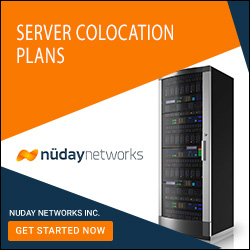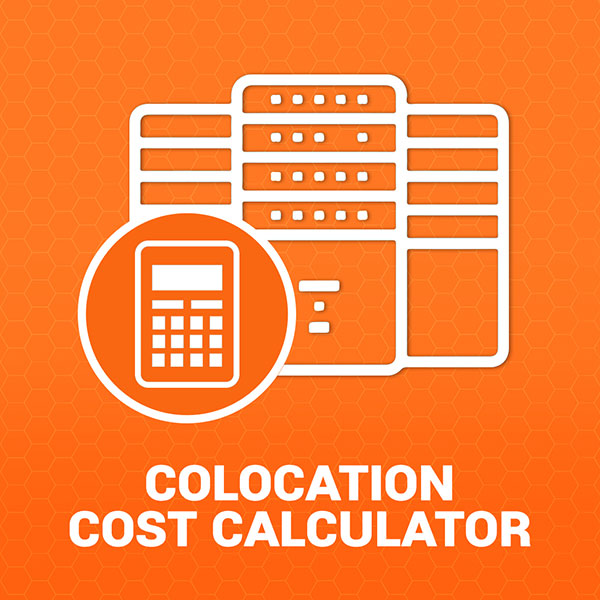Everything “U” Need to Know About Rack Units in Colocation Data Center Racks
A decision vital to a company’s safety, security and overall infrastructure is choosing how to store their data. This choice greatly influences the company’s ability to meet business needs as well as facilitate future growth/expansion.
Many businesses and companies often partner with a colocation facility, also known as a data center.
Colocation is defined as a facility that provides businesses with a data center to rent space to store equipment. This equipment typically includes servers and computing hardware.

Most colocation data centers provide businesses with standard components like space, power, cooling, physical security and bandwidth.
Leveraging a colocation data center helps businesses and companies adapt the environment according to their needs and requirements. When choosing a storage space, there are a few things you should be aware of to make the best decision for your organization or business.
What is Data Center Racks?
Within the infrastructure of a colocation data center, the data center rack plays a crucial role in housing and organizing the equipment essential for businesses’ operations. A data center rack is a specialized framework designed to securely hold servers, networking equipment, and other hardware components. These racks are constructed to optimize space utilization while ensuring proper airflow and cooling for the equipment they contain.
Data center racks come in various sizes, typically measured in rack units (U), following the industry-standard dimensions. These racks are essential for maintaining the integrity and organization of the colocation facility, allowing businesses to efficiently manage their IT infrastructure within the data center environment.
Choosing the right data center rack size is vital for businesses to accommodate their current equipment needs while leaving room for scalability and future growth. Colocation facilities offer a range of rack options, from quarter racks to full racks, providing businesses with flexibility in tailoring their storage solutions to meet their specific requirements.
By leveraging data center racks within a colocation environment, businesses can benefit from centralized management, enhanced security, and optimized performance for their mission-critical applications and data storage needs.
Rack Unit “U” in Colocation Data Center Racks
The space in a data center is measured in the rack/cabinet unit, which is commonly referred to as “U.”
U is a unit of measurement generally applied to items like disk drives, servers, equipment racks and other similar devices. A standard rack measures 19,” and one U is approximately 1.75 inches. A standard rack is nearly 42U.
A U can also be described as the height of the cabinets in a colocation facility.
The Standard Rack Unit
In colocation data centres, there is a basic form of measurement for the standard size of servers. The size of each server is represented through the labels ‘RU’ or ‘U’. For standardization purposes, 1U equals 1.75 inches in height.
A single U is then followed by its successive sizes (i.e. 2U, 3U, 4U, etc.). These sizes measure the overall height of racked or mounted servers.
When creating rackmount equipment, manufacturers rely on this standardized measurement as to determine s how many RUs the equipment in their server racks require.
Server Racks
Colocation data centers also make use of standard rack sizes, just like they have standard colocation server sizes. These server racks (data center racks) are secure metal frames that provide storage for servers.
Server racks have three options:
- Quarter Rack
Also called a ¼ Rack, this is a quarter rack colocation that can hold approximately 10U. - Half Rack
This is a half-rack colocation can support approximately 20U. - Full Rack
A full rack of servers supports 40U.
Choose Your Data Center Rack:
If you are looking for a reputable colocation facility for your business. We provide a variety of data center packages, including single server, quarter rack, half rack and full rack, to suit our client’s unique data security needs.

